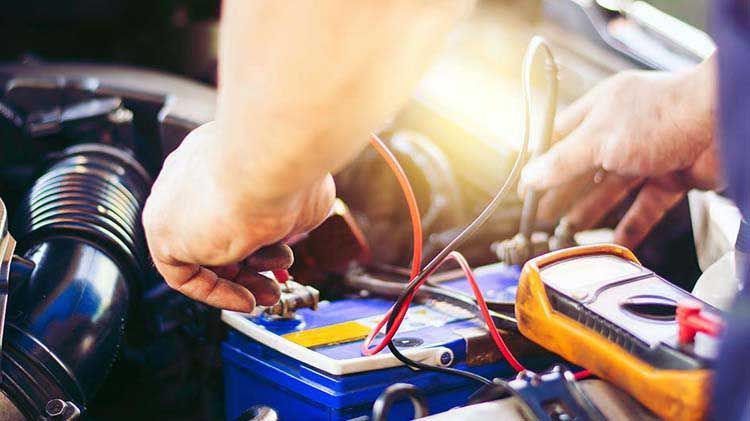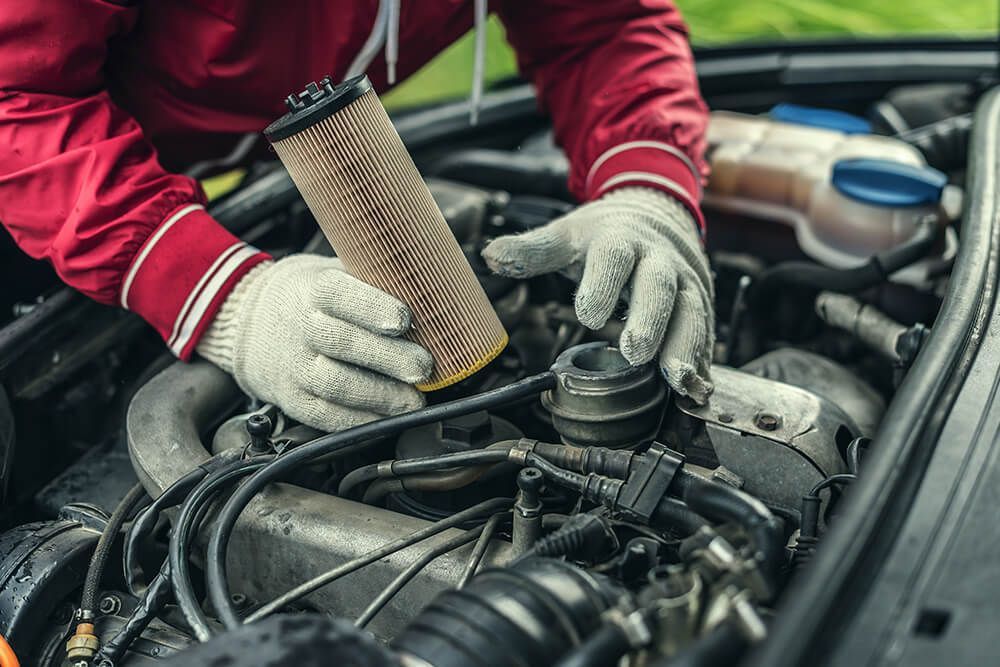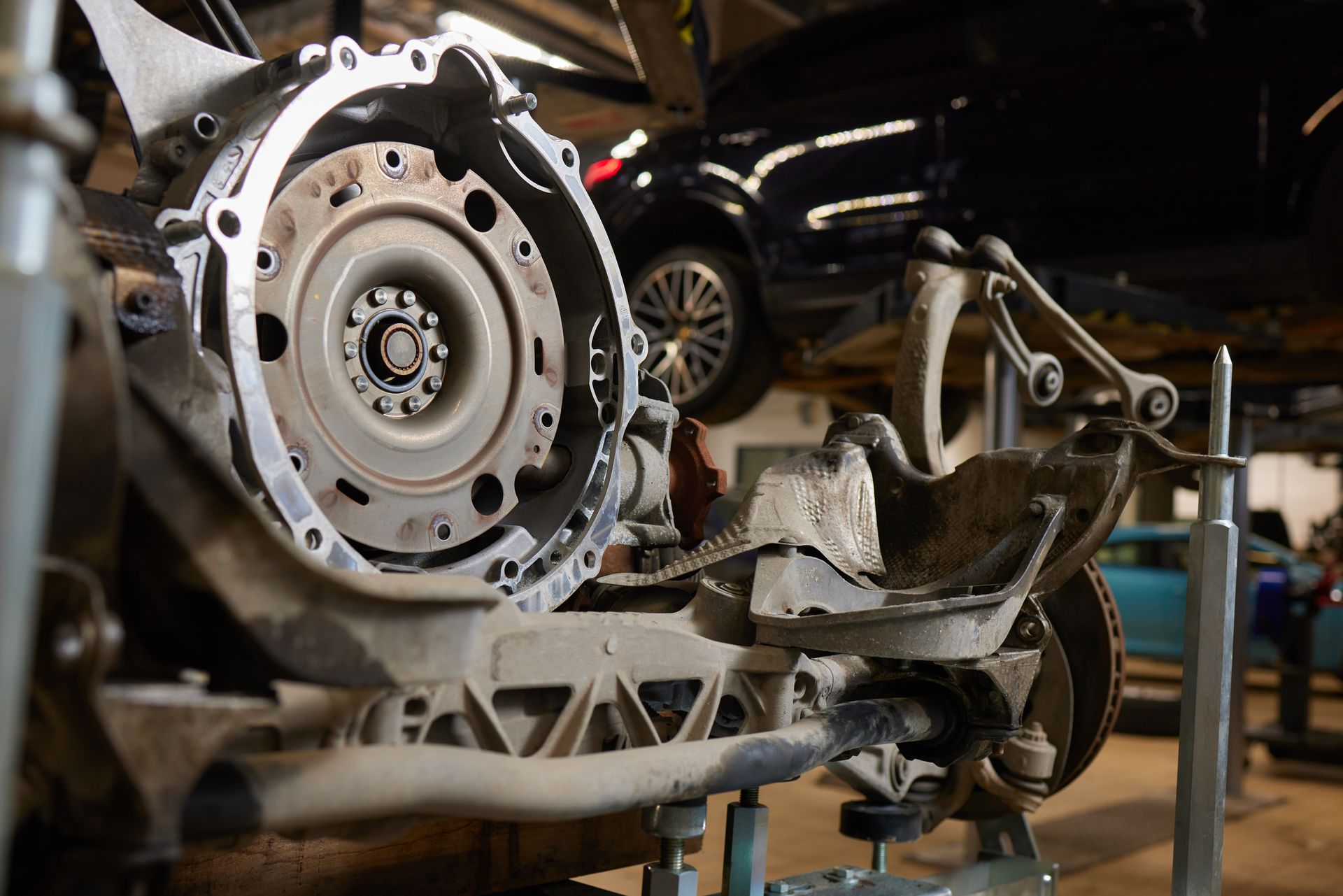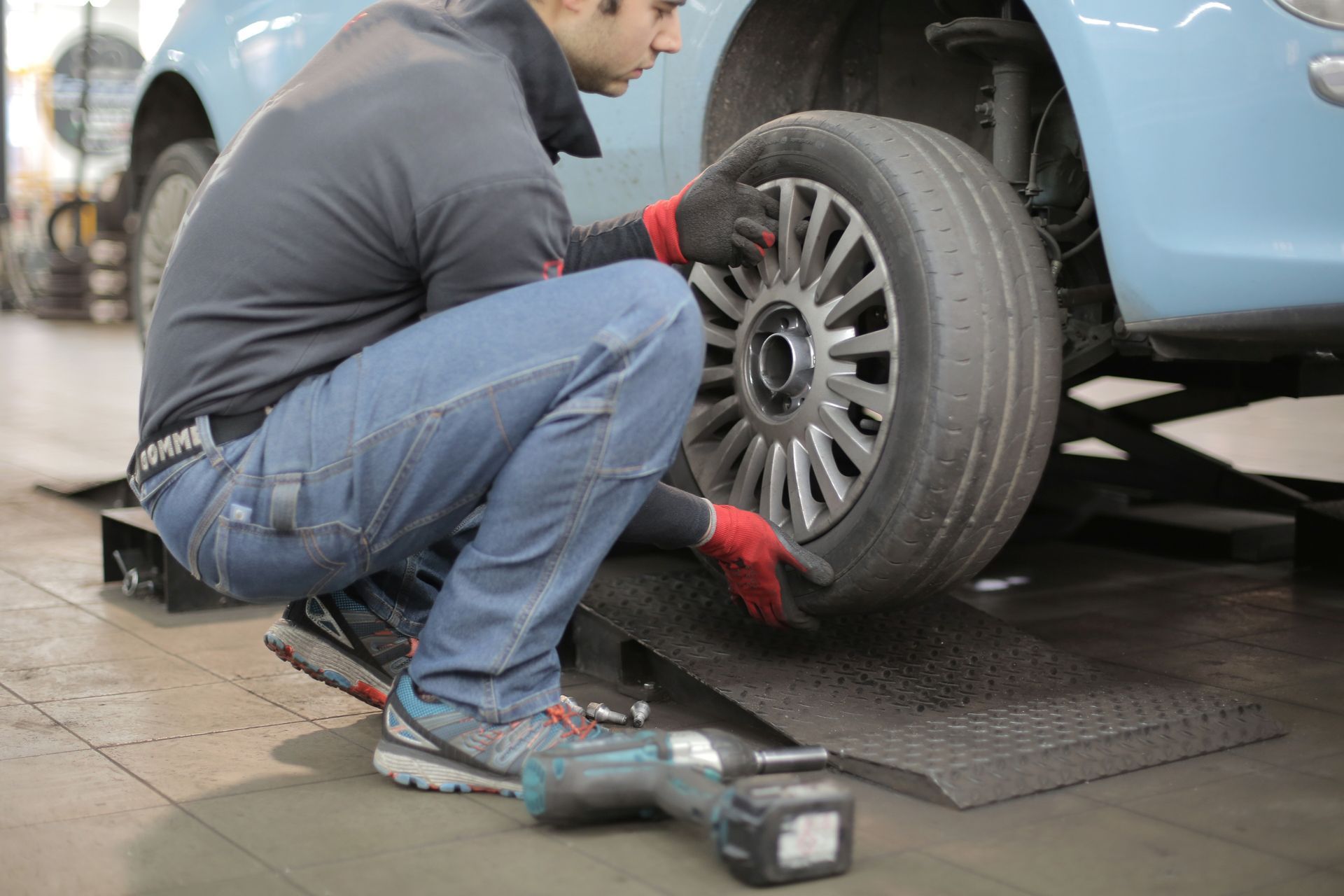How to Replace Your Car Battery
Car Battery Replacement Tips

Car Battery Replacement Tips
Have you checked your vehicle's battery? Your vehicle's battery might be running out of steam. If you haven't checked it recently, now is a great time to get it tested and possibly replaced. Here's everything you need to know about car batteries and when to replace them.
How Does a Car Battery Work, and Why Do They Fail in Cold Weather?
Car batteries rely on chemical reactions to create the electrical current needed to start your car. Cold weather can slow these reactions, meaning the battery may not provide enough power to turn over the engine.
Cold Weather Tips for Batteries:
- Keep your vehicle in a garage.
- Insulate the battery.
- Use a trickle charger to keep it warm.
- If storing a battery, keep it in a cooler location but bring it to room temperature before reinstalling it.
How Often Should You Test Your Car Battery?
If your car is slow to start, that's a good sign it's time to test the battery. Here's what to keep in mind:
- Regular Testing: Ask to have your battery tested every time you bring your car in for routine maintenance, like an oil change. Many auto shops offer battery testing for free, so don't hesitate to ask.
How Often Should You Replace Your Car Battery?
Most car batteries last around 3-5 years, but it's wise to have them tested often. Battery brands generally differ in warranty length rather than quality, so make sure the battery fits your needs.
- When in Doubt: If an auto shop recommends replacing your battery based solely on the schedule, verify the need. Check your vehicle's maintenance schedule or ask the technician to show you the battery test results.
Changing a Car Battery
When replacing a battery, a good technician will:
- Clean the Clamps: To ensure good contact between the battery terminals and cables.
- Apply Protective Spray: This helps slow down corrosion on connections, which can rob power and lead to starting issues in cold weather.
Pro Tip: Ask your technician to apply a protective spray to help delay corrosion buildup and ensure strong connections.
What to Do if You Have a Dead Battery
If you're stuck with a dead battery, here are your options:
- Call Roadside Assistance: If you're alone and without jumper cables, roadside assistance can make a dead battery situation much easier. Many insurers offer this as part of your policy.
- Jump Start Your Car: With the help of another vehicle, you can jump-start a dead battery. Here's a quick summary:
- Pull the working vehicle close enough for the jumper cables to reach both batteries.
- Turn off both vehicles.
- Connect the Red (positive) cable to the dead battery's positive (+) terminal and the other end to the donor car's positive terminal.
- Connect the Black (negative) clamp to the negative terminal on the donor battery, then attach the other Black clamp to a metal ground point on the donor car's engine.
- Start the donor car, let it run for a few minutes, then start your car.
- Drive your car for a bit to recharge the battery.
- Charge the Battery: If you're in a safe location, disconnect the dead battery and either take it to a shop for recharging or use a portable automotive battery charger. Many auto parts stores offer free recharges.
Keeping your battery in top shape ensures reliable starts and minimizes the chance of getting stranded. Follow these tips to keep your car battery in good health, especially in colder months.
Blackstone Complete Auto Care LLC




Services
List of Services
Follow us




© 2024 Blackstone Complete Auto Care LLC. All Rights Reserved | Website managed by
Shopgenie










